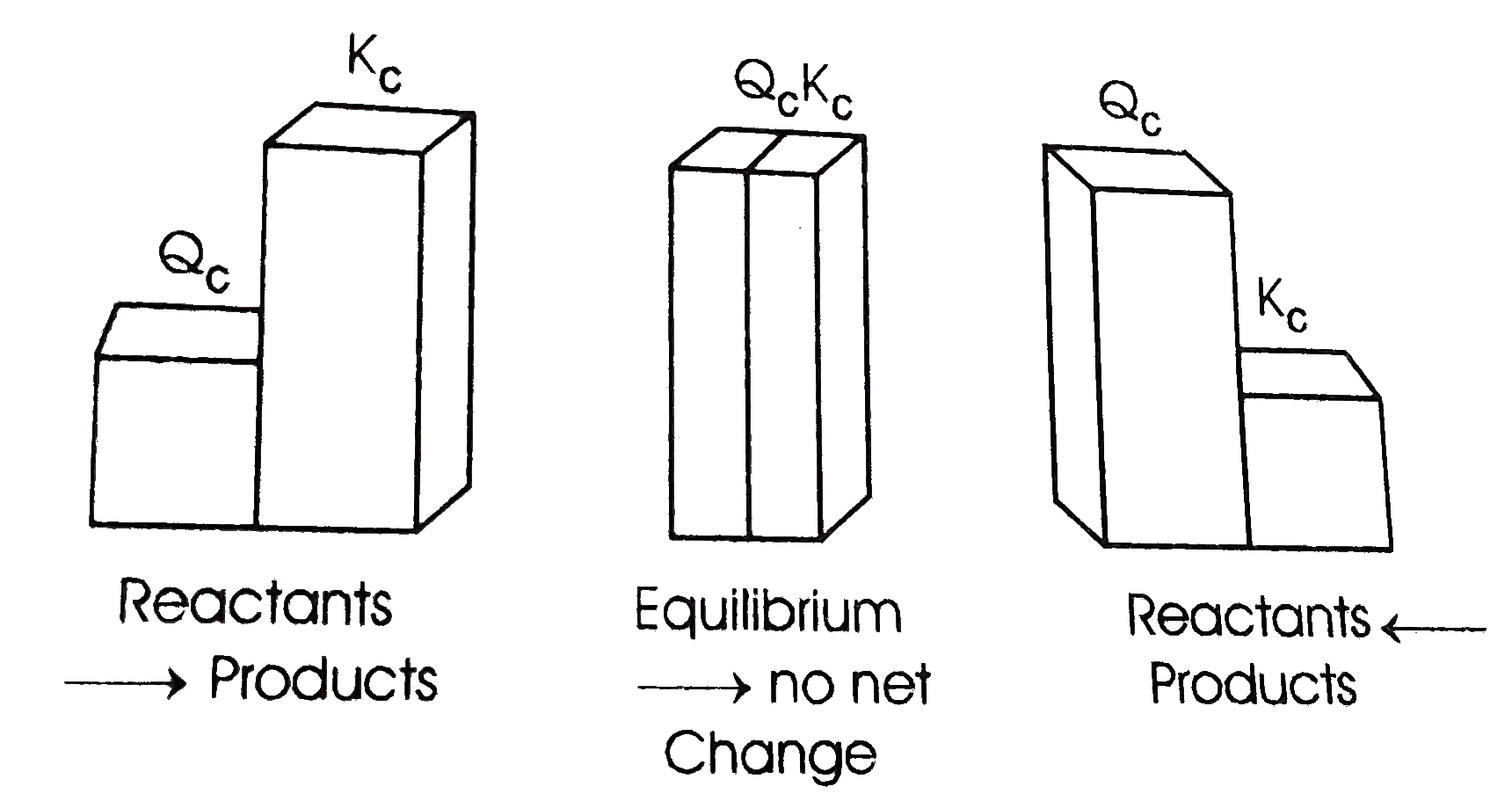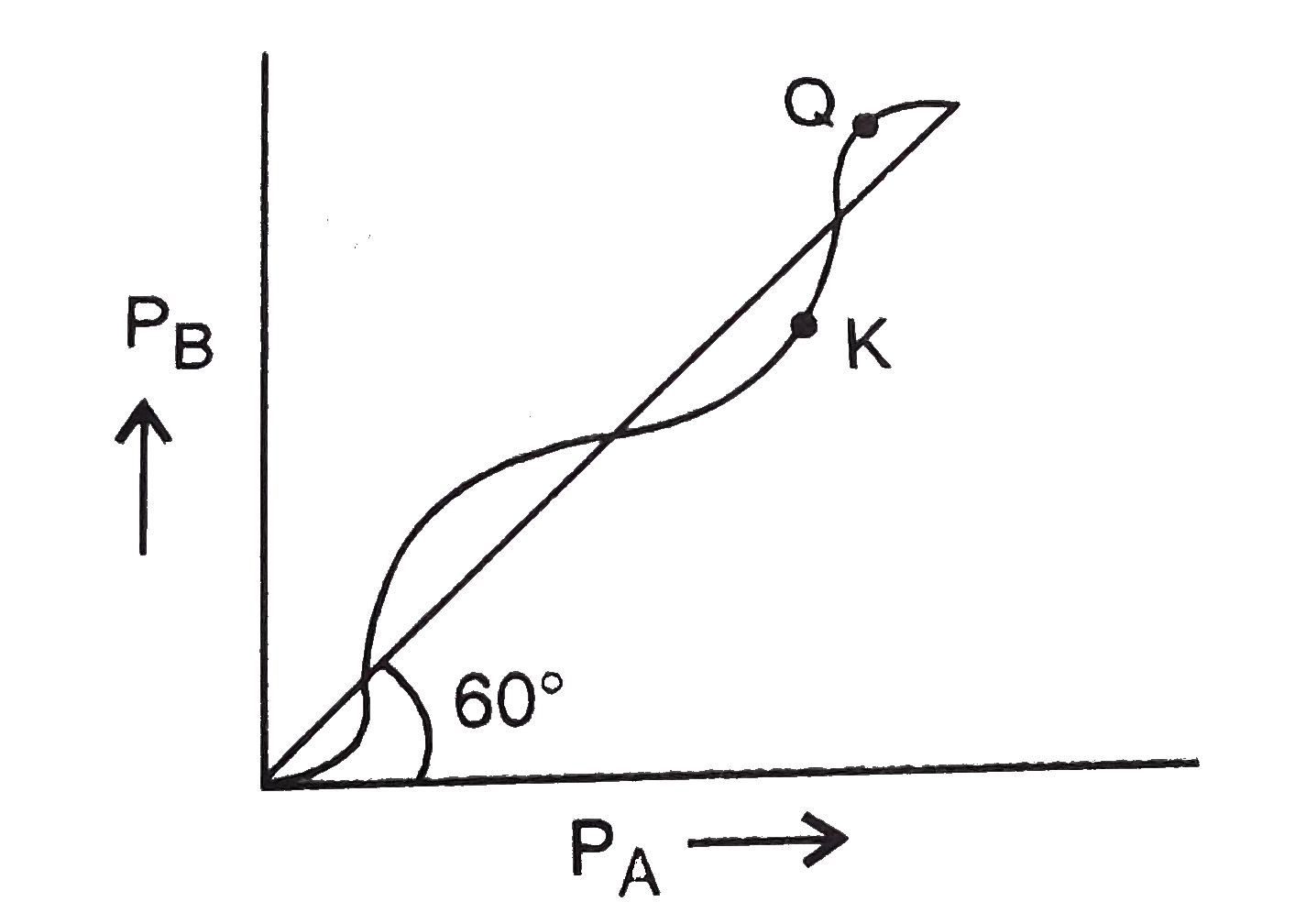When we clap our hands, the sound produced is best described by Here p denotes the change in pressure from the equilibrium value
p=p0sin(kx−ωt)
p=p0sinkxcosωt
p=p0coskxsinωt
p=∑p0nsin(knx−ωnt)
The correct Answer is:D
Step by step video, text & image solution for When we clap our hands, the sound produced is best described by Here p denotes the change in pressure from the equilibrium value by Physics experts to help you in doubts & scoring excellent marks in Class 11 exams.
Updated on:21/07/2023Topper's Solved these Questions
- SOUND WAVESBook:HC VERMAChapter:SOUND WAVESExercise:Objective -1
Explore 1 Video
- SOUND WAVESBook:HC VERMAChapter:SOUND WAVESExercise:Objective -2
Explore 5 Videos
- SOUND WAVESBook:HC VERMAChapter:SOUND WAVESExercise:Short Answer
Explore 8 Videos
- SOME MECHANICAL PROPERTIES OF MATTERBook:HC VERMAChapter:SOME MECHANICAL PROPERTIES OF MATTERExercise:Exercises
Explore 32 Videos
- SPECIFIC HEAT CAPACITIES OF GASESBook:HC VERMAChapter:SPECIFIC HEAT CAPACITIES OF GASESExercise:Exercises
Explore 35 Videos
Similar Questions
A vessel at 1000K contains CO2(g) at 2 atm pressure. When graphite is added the following equilibrium is established.
CO2(g)+C(s)⇔2CO(g)
the toal pressure at equilibrium is 3 atm. The value of Kp is
View SolutionBenzene can be produced from hexane in the reversible reaction:
C6H14(g)<⇒C6H6(l)+4H2(g)
The partial pressure equilibrium constant (Kp) for this reaction has been found to vary with temperature according to the equation.
logKp=23.45−13941KT
Equilibrium is established by starting with pure C6H14 gas. What must be the temperature if the initial gas pressure is 1 atm and the equilibrium partial pressure of H2 is 1 atm.
View Solution
Knowledge Check
When we increase the loudness of sound produced by ardio, the property of the sound wave that changes is its
AamplitudeBfrequencyCspeedDwavelengthPhysical and chemical equilibrium can respond to a change in their pressure, temperature, and concentration of reactants and products. To describe the change in the equilibrium we have a principle named Le Chatelier principle. According to this principle, even if we make some changes in equilibrium, then also the system even re-establishes the equilibrium by undoing the effect.
In the reaction N2(g)+3H2(g)⇔2NH3(g). If we increase the pressure of the system, the equilibrium isAShifts in the product sideBShift un reactant sideCRemains unchangedDCannot be predictedPhysical and chemical equilibrium can respond to a change in their pressure, temperature, and concentration of reactants and products. To describe the change in the equilibrium we have a principle named Le Chatelier principle. According to this principle, even if we make some changes in equilibrium, then also the system even re-establishes the equilibrium by undoing the effect.
Consider the following equilibrium:
2NO2⇔2NO3,ΔH=−ve,
If O2 is added and volume of the reaction vessel is reduced, the equilibriumAShift in the product sideBShifts in the reactant sideCCannot be predictedDRemains unchanged
When we start filling an empty bucket with water, the pitch of sound produced goes on changing. Why?
View SolutionPhysical and chemical equilibrium can respond to a change in their pressure, temperature, and concentration of reactants and products. To describe the change in the equilibrium we have a principle named Le Chatelier principle. According to this principle, even if we make some changes in equilibrium, then also the system even re-establishes the equilibrium by undoing the effect.
If we add SO2−4 ion to a saturated solution of Ag2SO4, it will result in a//an
View SolutionPhysical and chemical equilibria can respond to a change in their pressure, temperature, and concentration of reactants and products. To describe the change in the equilibrium, we have a principle named Le Chatelier's principle. This we can define in terms of enegry, as the free energy change in equilibrium is zero means the system is stable. So if we are doing some changes in equilibrium, then the system having a tendency to reoestablish the equilibrium by undoing the effect we broughy. Consider the following equilibrium.
Three sparingly soluble salts A2B,AB, and AB3 are given. If all the three having the same value of solobility products (Ksp), in the saturated solution, the correct order of their solubilites is
View SolutionThe pressure wave, P=0.01sin[1000t−3x]Nm−2, corresponds to the sound produced by a vibrating blade on a day when atmospheric temperature is 0∘C. On some other day when temperature is T, the speed of sound produced by the same blade and at the same frequency is found to be 336ms1. Approximate value of T is:
View SolutionThe reaction which is in dynamic equilibrium, ensured us, that the reaction is reversible . But if that the reaction is in equilibrium. The reaction quotient predict either the reversible reaction is in equilibrium or tries to achieve equilibrium. In those reactions which have not achieved equilibrium, we obtain reaction quotient Qc in place of equilibrium constant (Kc) by substituting the concentration of reactant and product at the time, at whih we have to calculate the value of Qc . To determine the direction at which the net reaction will proceed to achieve equilibrium, we compare values of Qc and Kc. The three possible cases are shown as comparison of Kc and Qc in the following figures.

Change in Gibbs free energy, i.e., ΔG is the driving force of any reaction.
For spontaneous reaction , ΔG=−ve
For non-spontaneous reaction , ΔG=+ve
For reaction at equilibrium , ΔG=0
Thermodynamically, we know that
ΔG=ΔG∘+RTlnQ, where Q is reaction quotient and ΔG∘= change in Gibbs energy at standard condition.
For equilibrium A(g)⇔B(g)(Keq=1.732) If the pressure of the system [varied by introducing a stream of A(g) and B (g) is represented by the curve at constant temperature T.

What will be the value of difference of standard Gibbs free energy to Gibbs free energy change at point Q in the figure above ?
View Solution
